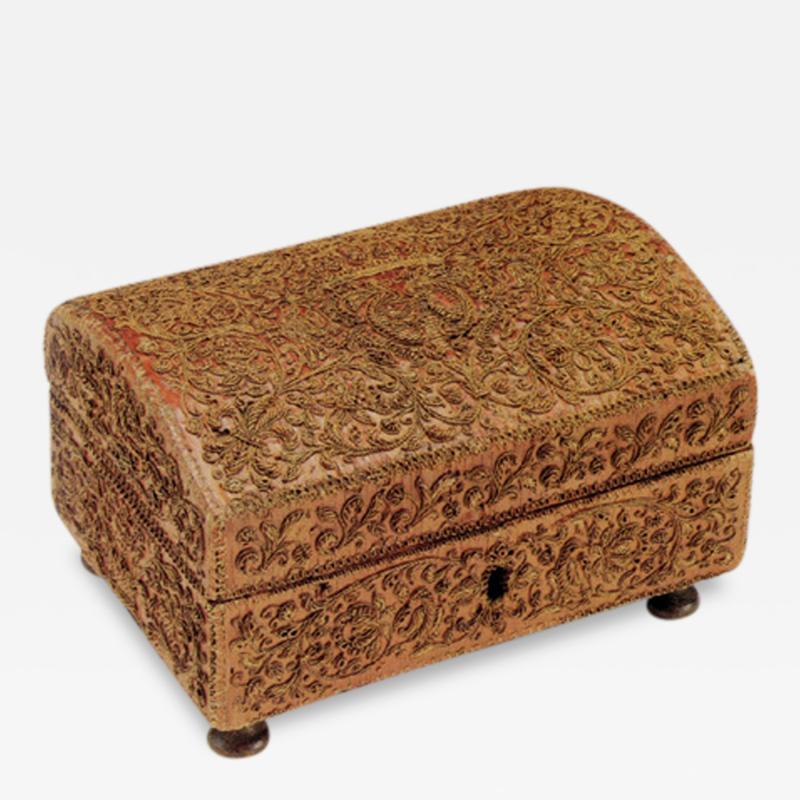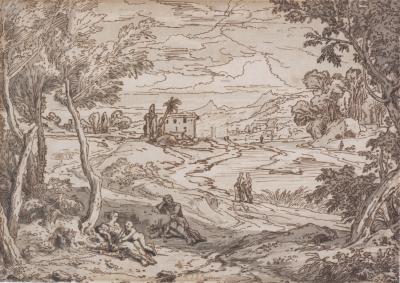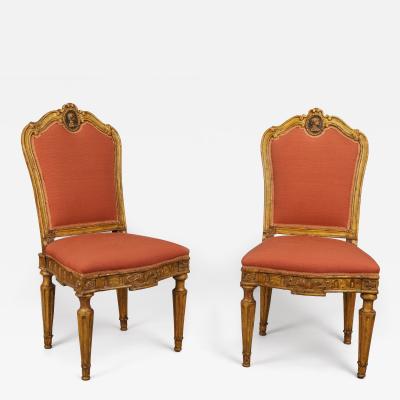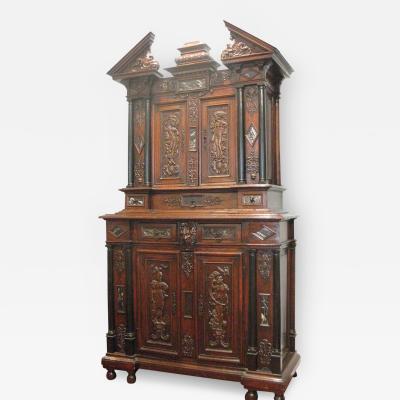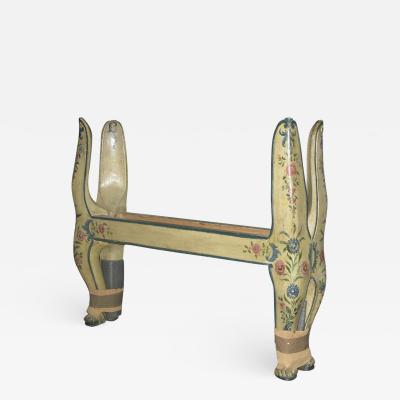Straw on a Wooden Core (marqueterie de paille) Toilette Box
-
Description
Though straw seems an unlikely candidate with which to make luxury items, it has a long history of use in finely crafted objects collectively known as marquetrie de paille. Originally, straw was appealing as an inexpensive and versatile commodity used widely by the peasant class for practical purposes. It was then appropriated by the Franciscan and Capuchin orders in Italy as a humble material to make religious objects. The vogue for fine marquetrie de paille objects reached its height in seventeenth and eighteenth century France, where the technique was coveted by the aristocrats and was used to make secular, decorative objects, particularly after the Louis XIV sumptuary laws which prohibited the production of expensive objects due to the need for money to pay the troops during France’s constant wars.
The use of straw in an artistic sense began in Italy. The most suitable areas for growing straw were the banks of the Arno River, near Signa and Fuceccio, Val di Pesa, and Orme. Straw to be used for artistic projects was chosen a few weeks before being completely mature, and placed in water. The shafts were opened to flatten them; then were beaten with wood mallets, laid out and ironed. Straw was dried in the sun, and then massed together for six days, which was said to create a greater luminosity. The prepared straw sections were glued onto paper with a mastic of animal glue and gum arabic, then on wood. In many cases pear wood was used, which is strong, fine, and light in color. When glued in this manner, objects defied cracking, and were highly resistant to changes in climate. The straw used to create such objects could be wheat, rye, barley or oats, or a combination of these, and were left with their natural hue, dyed, or singed to create patterns and variety in color.
This rectangular box has a barrel arched lid and rests on wooden pad feet. The entire exterior surface is covered with pinkish colored straw, onto which is embroidered with twisted braids of cream colored straw. The lid is centered by an armorial bearing surmounted by a count coronet, around which are interlaces of scrolling floral stems issuing from fleur-de-lis in the corners, with birds populating the foliage. The front, back and sides are all similarly decorated with symmetrically arranged scrolling foliage, occasionally punctuated by birds. Each of the sides incorporates mottoes, namely "VOUS ESTE PRIX" and "CHOISISE MOI." The interior is inlaid with brightly colored straw work; stripes alternating with bands of chevrons on the base and diamond patterns on the lid, all in tones of red, green, yellow and black.
Although the form of this box seems entirely seventeenth century, the supplementary decoration of the box predicts the date of this piece. The raised straw work technique employed on this box is more akin to embroidery than to box making. The patterns and techniques used here are related to clothing fashion at the dawning of the eighteenth century. In fact, the use of pink for the ground color of the cream colored raised straw work corresponds with the vogue for lace patterned brocaded silks, often with pink or light blue grounds, popular during the 1720's. The coupling of birds and the inclusion of sentimental mottoes imply that this box was made as a special gift to a loved one. Similarly complex raised paille work was the product of the convents in eastern France in the early eighteenth century. - More Information
-
Dimensions
W. 7.25 in; H. 4.5 in; D. 5.25 in; W. 18.42 cm; H. 11.43 cm; D. 13.34 cm;
Message from Seller:
The gallery deals in European works of art, antiques and paintings from antiquity to the end of the eighteenth century. Under Mrs. Fioratti's direction, the gallery has continued to supply works of art to museums across America and Europe. She has designed interiors in the U.S., Europe, and the Middle East. Mrs. Fioratti has worked on architectural restorations, and restored a 10th century village near Siena.















